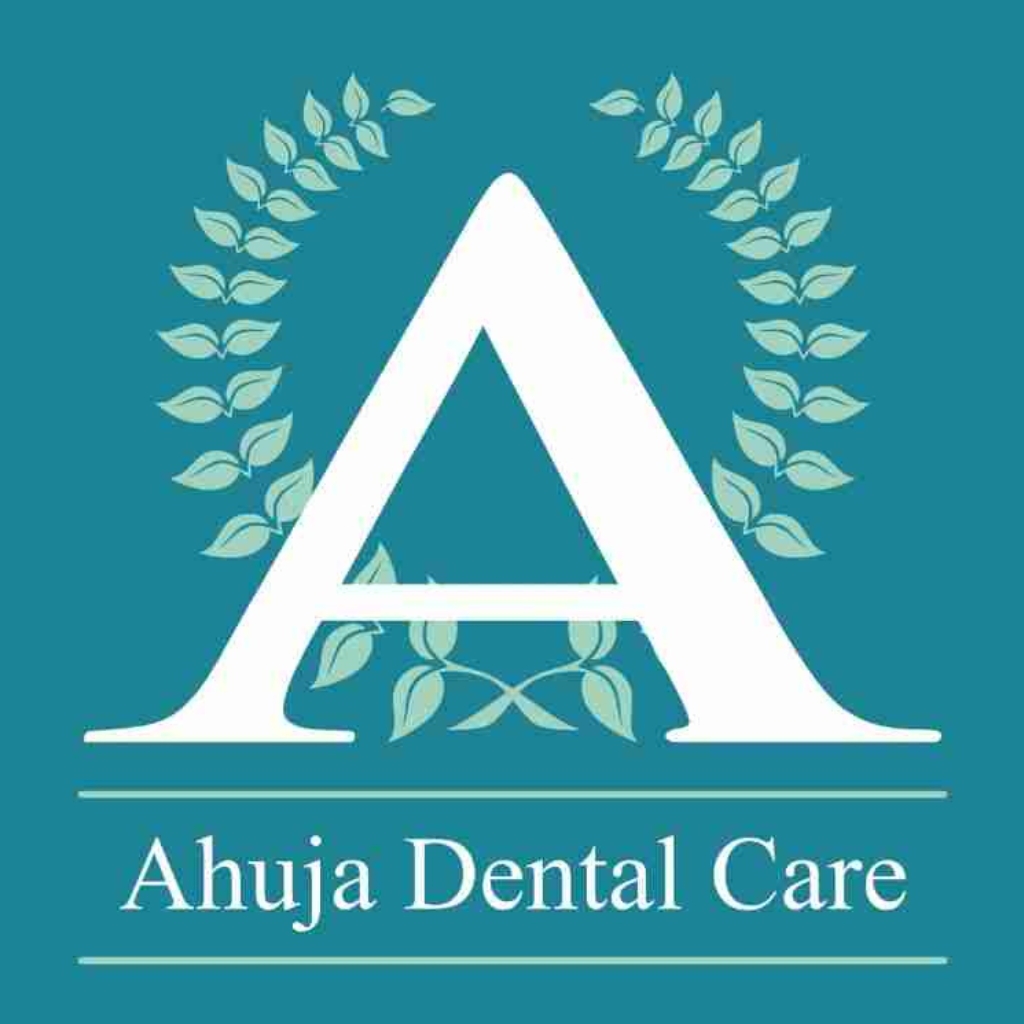

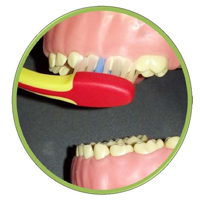
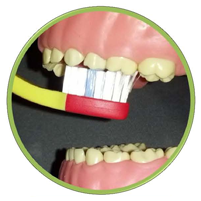
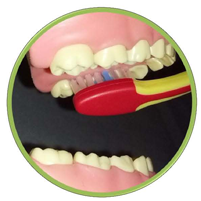
Select a soft-bristled toothbrush with a small head. A soft brush is firm enough to remove plaque, yet gentle enough to protect your teeth and gums from damage.
Use a fluoride-containing toothpaste for effective cleaning. For most people, any standard fluoride toothpaste works well, unless your dentist recommends a special formula. Popular options include
Colgate Total and Crest Multicare.
Start at a specific location and work systematically around your mouth, ending where you began to ensure no area is missed. Use a pea-sized amount of toothpaste and aim to brush for at least 2 minutes,
ideally 4 minutes.
Ideally, brush after every meal. If that isn’t possible, brush at least twice daily — once after breakfast and once before bedtime.
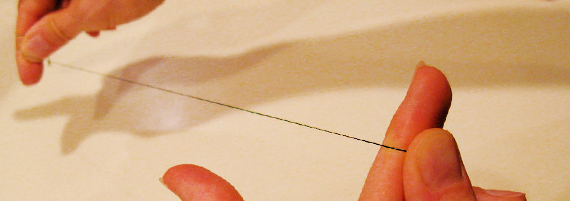
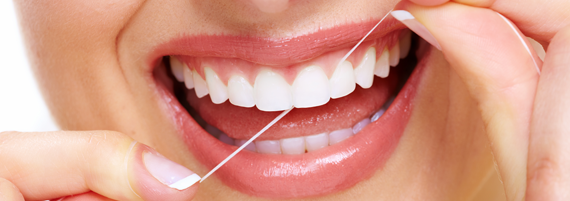
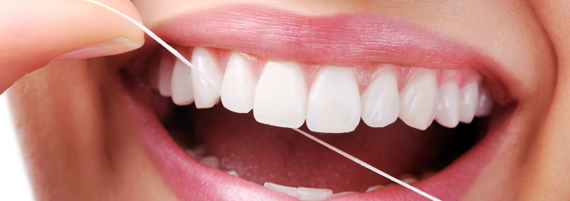
The surfaces between your teeth cannot be reached by a toothbrush. Flossing removes plaque and food particles from these areas, preventing decay and gum disease. Ideally, floss after every meal, but at minimum, floss once daily before bedtime.
Cut approximately 2 feet of dental floss. Wrap the ends around your middle fingers, leaving a small section to work with using your index fingers and thumbs.
Multiple studies have compared manual toothbrushes with electric ones. While both can clean teeth effectively, electric brushes generally perform better at controlling plaque.
Bad breath can stem from several causes, most of which originate in the mouth. Some common sources include:
If you’re concerned about bad breath, the first step is a dental check-up. Your dentist can identify the root cause and provide treatment. Mouthwashes and mints only mask odor temporarily—and alcohol-based rinses may worsen the condition by drying the mouth.
The best prevention is good oral hygiene and regular dental visits.
Sugar is the main cause of dental decay when bacteria are present. More than the amount of sugar, it is the frequency of consumption that matters most.
While no foods can truly prevent decay, crunchy fruits and vegetables (like apples and carrots) may help clean teeth slightly but still contain sugar. Acidic foods (lemon, lime, grapefruit) can also erode enamel if consumed frequently.
Fluoride plays a critical role in preventing cavities. Decades of research show that children raised in areas with natural fluoride in the water have fewer cavities.